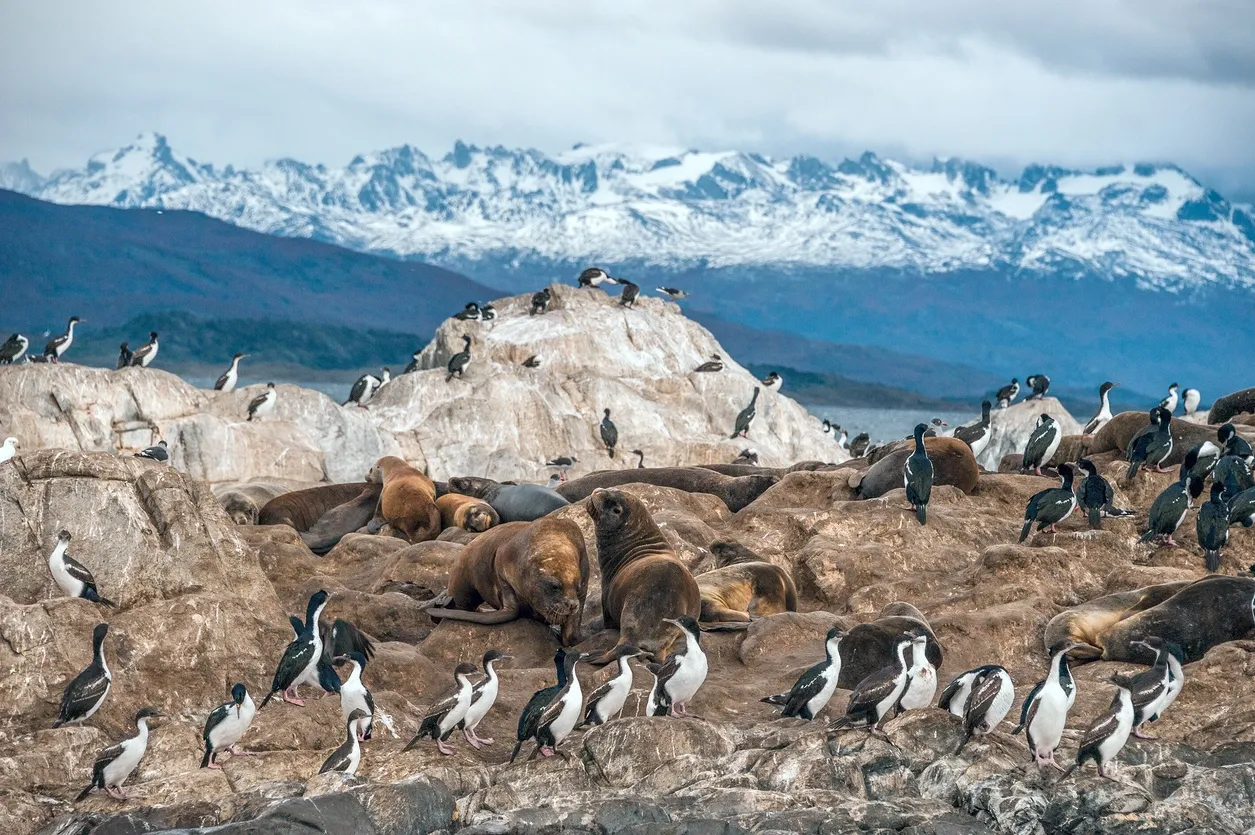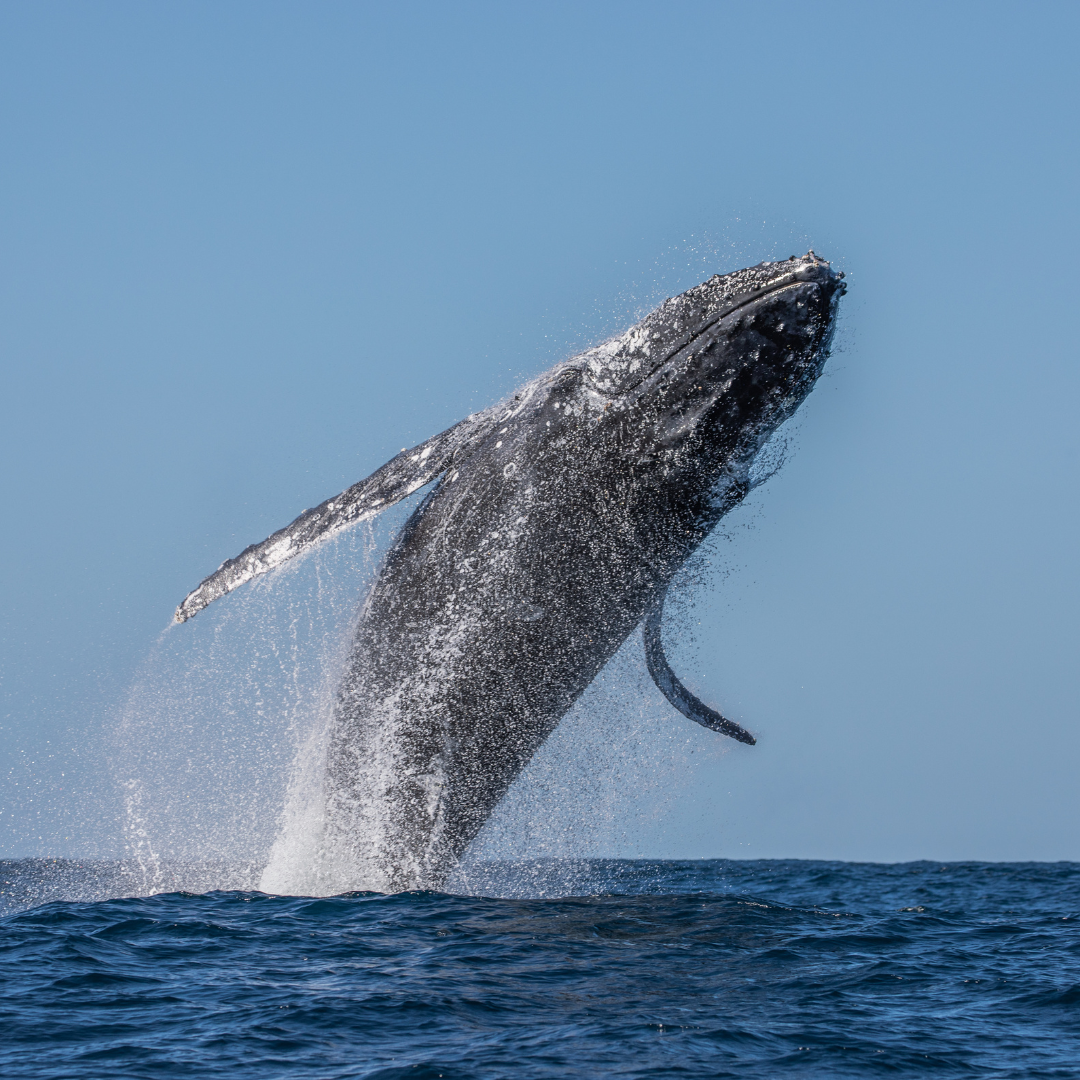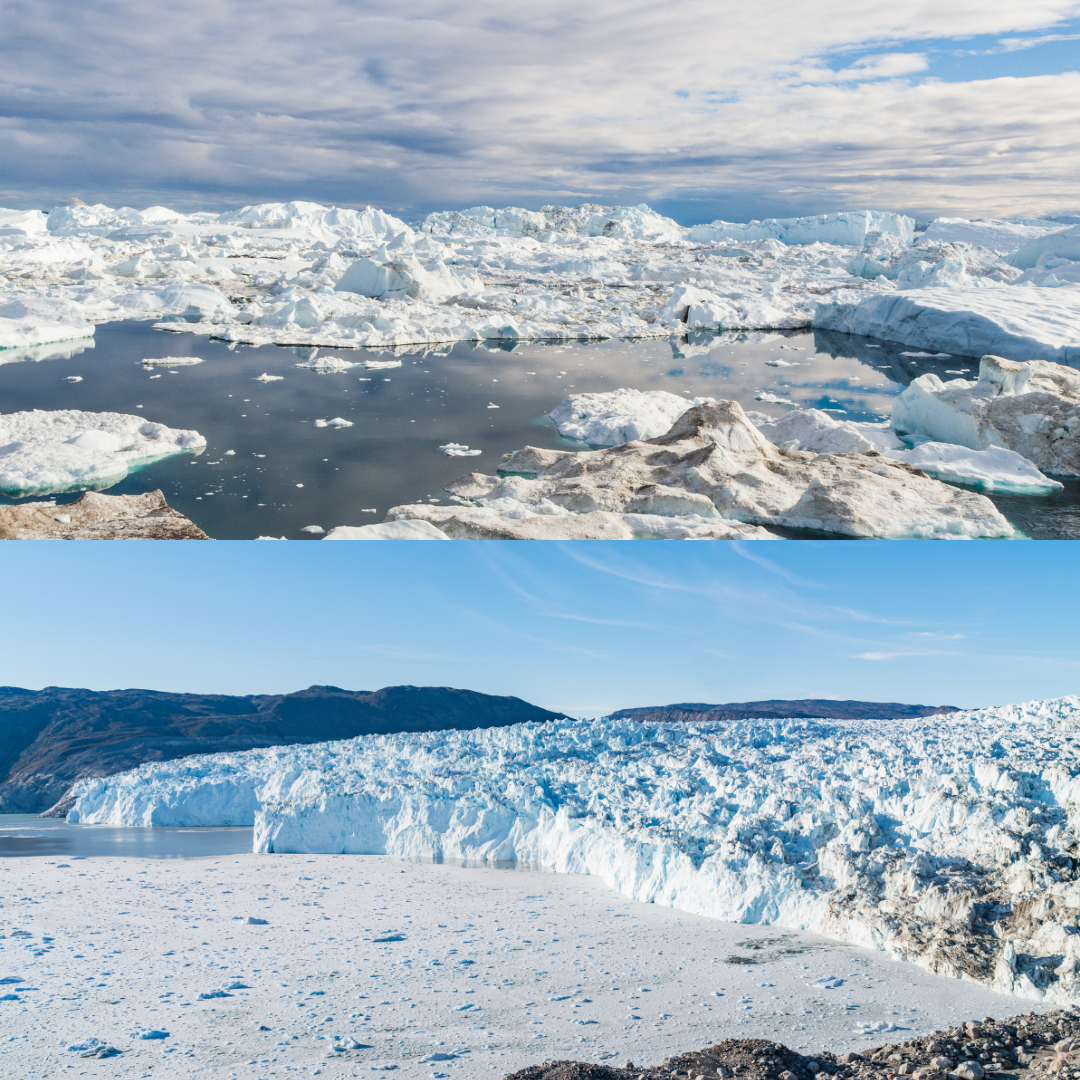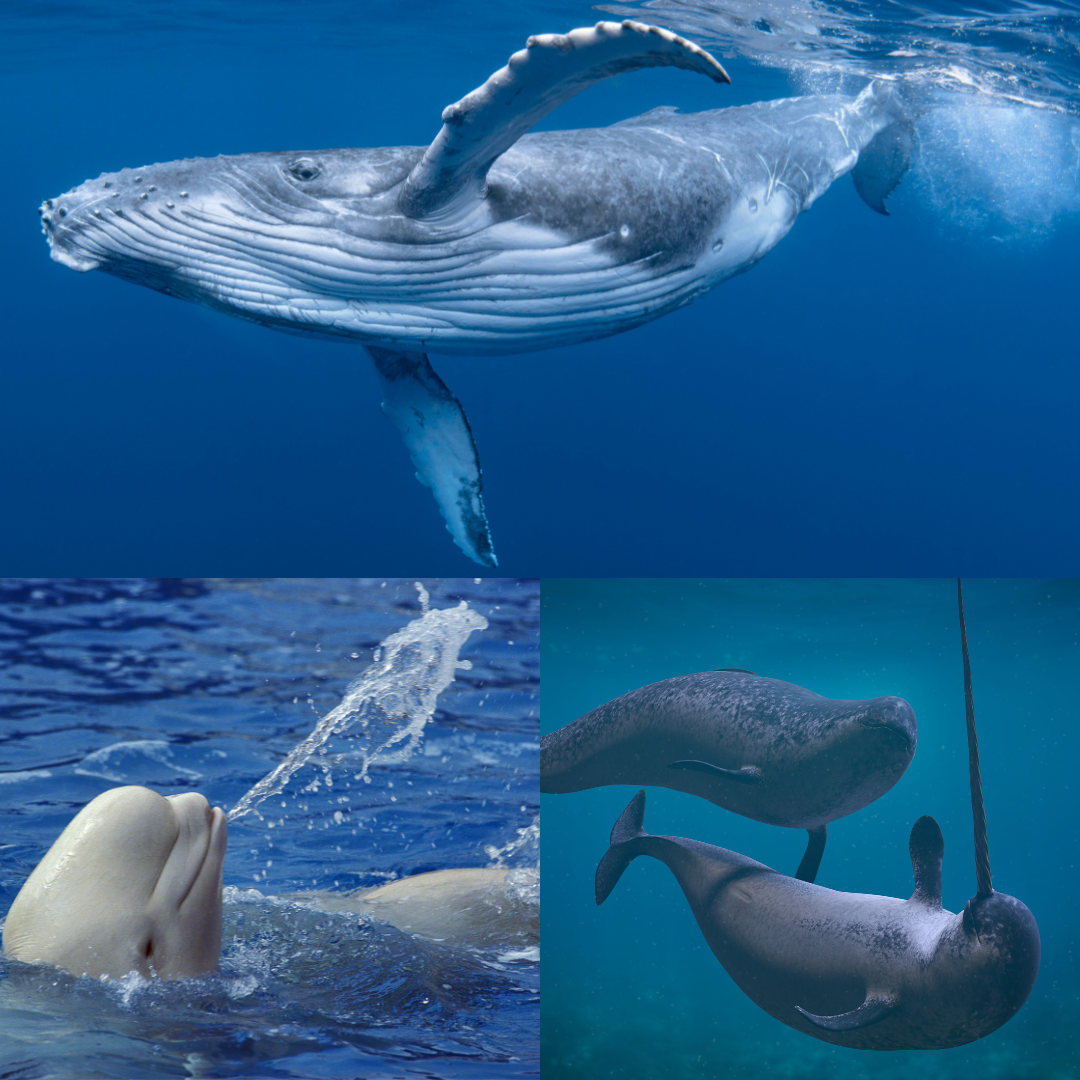Antarctic penguins are fascinating creatures that thrive in harsh conditions, forming massive colonies that rival some bustling cities. Amid the ice and snow, a stunning array of 17 penguin species exists, with six choosing the Antarctic as their permanent home. Among these loyal inhabitants, the regal emperors and delightful Adélies proudly claim Antarctica as their own, while chinstrap, macaronis, and gentoos opt to breed along the Antarctic Peninsula. Meanwhile, king penguins seek solace in the warmer subantarctic islands.
With their enchanting black-and-white plumage, Antarctic penguins flaunt their unique sense of style. Though sharing a similar body shape, these waddling wonders vary greatly in size. It’s the distinctive markings on their heads and necks that distinguish each species, a feature beautifully showcased on the new definitive stamps from the British Antarctic Territory. These stamps encapsulate the iconic characteristics of each penguin, including their adorable chicks.
Delve into the ancient history of these remarkable creatures, tracing their roots back 50 million years to flying birds known as petrels. Fossil records reveal the existence of over 25 penguin species, some grander in size than their modern counterparts. In fact, one mighty species stood as tall as a human, towering at an impressive 170 centimeters.
Adapted for life in the most frigid realms, penguins have evolved into exceptional swimmers and divers, compensating for their inability to fly. Sporting short, rigid flippers, their wings propel them through the depths of the ocean, exuding an uncanny resemblance to flight. Positioned far back on their bodies, their legs and tail form an underwater rudder, seamlessly guiding them through the water with impeccable efficiency. Cruising at a speed of around 10 kilometers per hour, penguins occasionally emerge from the depths to replenish their air supply and conserve energy, gracefully leaping above the water’s surface every few meters.
With mastery in both air and sea, penguins are formidable predators, capable of diving to depths exceeding 250 meters, although they typically confine their hunts to the top 10 meters. Unlike their avian counterparts, penguins bear dense bones, assisting them in their underwater exploits. In the aquatic realm, they strike fear into their prey, akin to the lion’s dominance on land. While our encounters with penguins occur mostly on land, where they showcase their remarkable agility and traverse considerable distances, these sociable creatures captivate both on land and at sea. Their rookeries, the sprawling colonies they call home, can house up to a million nesting pairs. In the pristine Antarctic air, the pungent aroma of a penguin rookery wafts through the breeze, announcing its presence from miles away. These charming birds typically breed on rocky terrain, beaches, or tussock grass, except for the emperor penguins who prefer the icy embrace of sea ice.
On land, healthy adult penguins face no natural predators. However, eggs and chicks are vulnerable to the hungry appetites of other birds, such as skuas and giant petrels. It is in the water that penguins must remain alert, for they become targets of leopard seals and killer whales. Ever the cunning hunters, leopard seals hover at the ice’s edge, patiently waiting for the perfect moment to strike as the birds venture into the water.
Feasting on a menu of fish, squid, crustaceans, and krill, penguins proudly embrace their diverse culinary preferences. In the Antarctic, the smaller penguin species predominantly feast on shrimp-like krill, despite their diminutive size. These tiny creatures, measuring no more than 5 centimeters in length, swarm in dense schools, providing a bountiful source of sustenance. Penguins exhibit remarkable adaptability when it comes to their diet, fluctuating with the changing seasons and the availability of prey. Estimates place the Antarctic’s population of breeding penguin pairs at around 20 million, though they are concentrated in coastal regions of this vast territory. Braving the harsh Antarctic winter, emperor penguins achieve mind-boggling densities of up to 19 birds per square meter, huddled together for warmth and protection.
Timing is everything in the penguin world. Unlike humans, who can bring new life into the world at any time, penguins rely on a finely tuned breeding cycle to ensure their chicks hatch when food is abundant. These remarkable creatures are highly sensitive to environmental conditions, with breeding success intricately linked to the availability of prey. If sea ice fails to break or krill populations dwindle, breeding failures on a colossal scale can occur, resulting in a desperate struggle for mere survival.
In most cases, penguins lay more than one egg, typically two, excluding the emperor and king penguins. Both parents play their part in the incubation process, taking turns until their fluffy offspring finally emerges from its protective shell. The length of these shifts varies, with the dutiful Gentoo parents switching daily, while emperor penguins may remain incubating for over a month. Once the chicks are deemed old enough, they form crèches, supervised by a select few adults. This arrangement allows both parents to head out to sea in search of nourishment while shielding the chicks from the chill of their icy habitat and potential predators.
The world of Antarctic penguins is an enchanting one, filled with diverse species, astonishing adaptations, and intricate social structures. We should truly marvel at the resilience and grace of these captivating creatures as they navigate their frozen realm with unwavering determination and undeniable charm.




